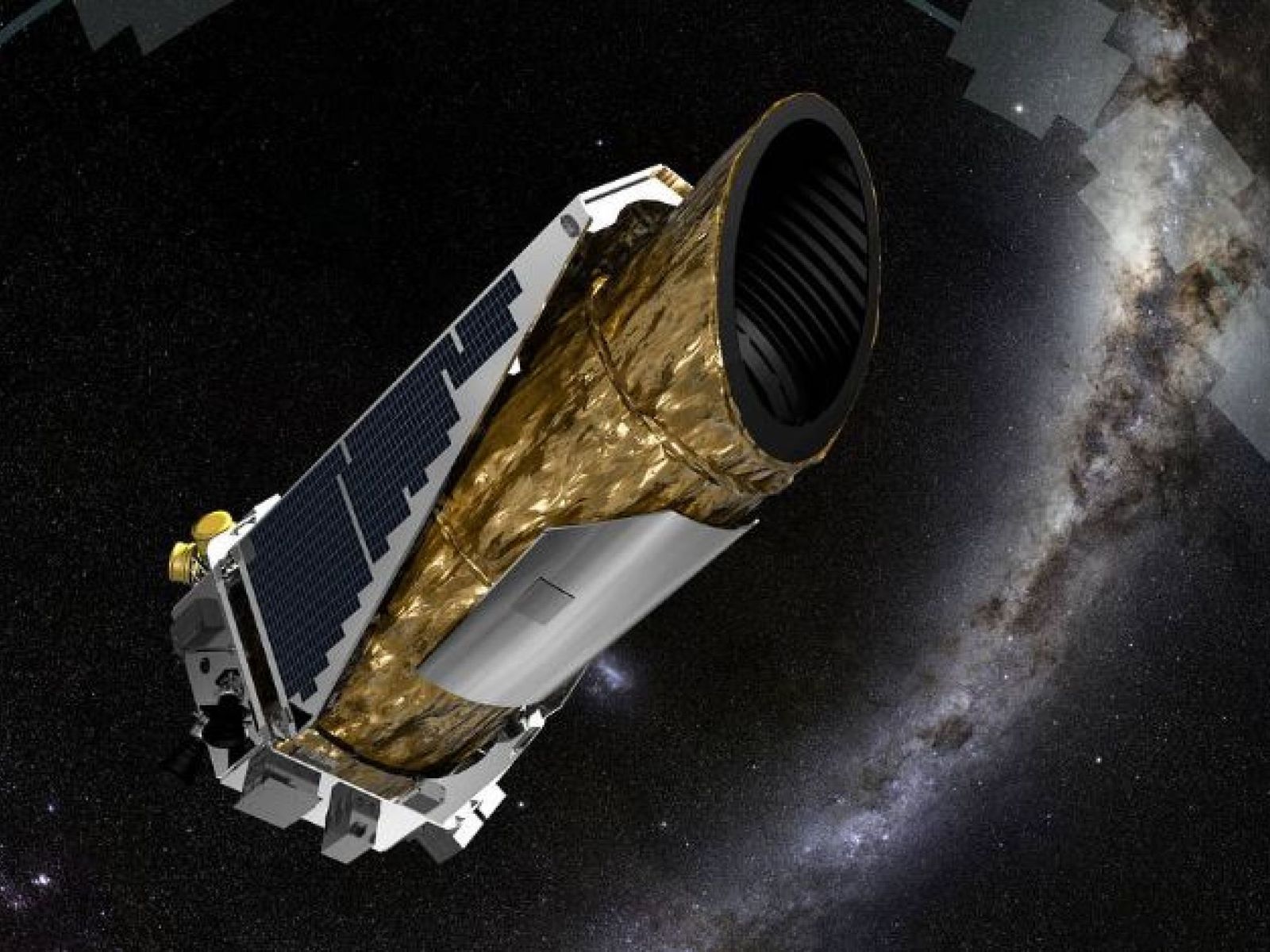
Kepler 452b, which is 1,400 light years away, is in the middle of a zone which scientists say possesses the right conditions exist for life to be created.
Researchers from the University of Cambridge and the Medical Research Council Laboratory of Molecular Biology found it is in the centre of the so-called abiogenesis zone.
This is a region of a solar system where the level of ultraviolet light is right to kick start the chemical reactions that can lead to early life.
But it is also in a habitable region, a ring of space that is a sufficient distance from a planet's host star such that it is not too hot or too cold to support life - the so-called Goldilocks zone.
In fact, the planet's positions within the zones are so similar to earth's it has been dubbed "earth's cousin".
Kepler 452b has also been described as a "super-earth" because its mass is higher than earth's but much less than the larger planets of the solar system, like Jupiter and Saturn, which are called gas giants.
The star which it orbits, Kepler 452, in the constellation of Cygnus, is about 20% brighter than the sun and some two billion years older.
Kepler 452b is one of numerous planets discovered by the Kepler telescope, an orbiting observatory that was launched by NASA in 2009 to find exoplanets - planets outside out own solar system.

Nearly 4,000 planets have now been discovered orbiting stars other than the sun.
Of these, only about 50 are known to occupy their star's habitable zone but not all are thought to receive the right amount and type of UV to kick start the origins of life.
It has been estimated there are as many as 700 million trillion terrestrial planets in the observable universe.
The scientists who carried out the research, which is published in the journal Science Advances, say that, although Kepler 452b is too far away to probe with current technology, the next-generation telescopes, such as NASA's TESS and James Webb Telescopes, should be able to identify many more planets within an abiogenesis zone.
But they say that if there is life on Kepler 452b and other planets the telescopes may find, it may be of a completely different type to that on earth.
Dr Paul Rimmer, a postdoctoral researcher with affiliation to Cambridge's Cavendish Laboratory and the first author of the paper in which the findings were revealed, said: "It makes sense to look for places that are most like us.
from Latest News - SUCH TV - SUCH TV https://ift.tt/2OCFXGu



0 comments: